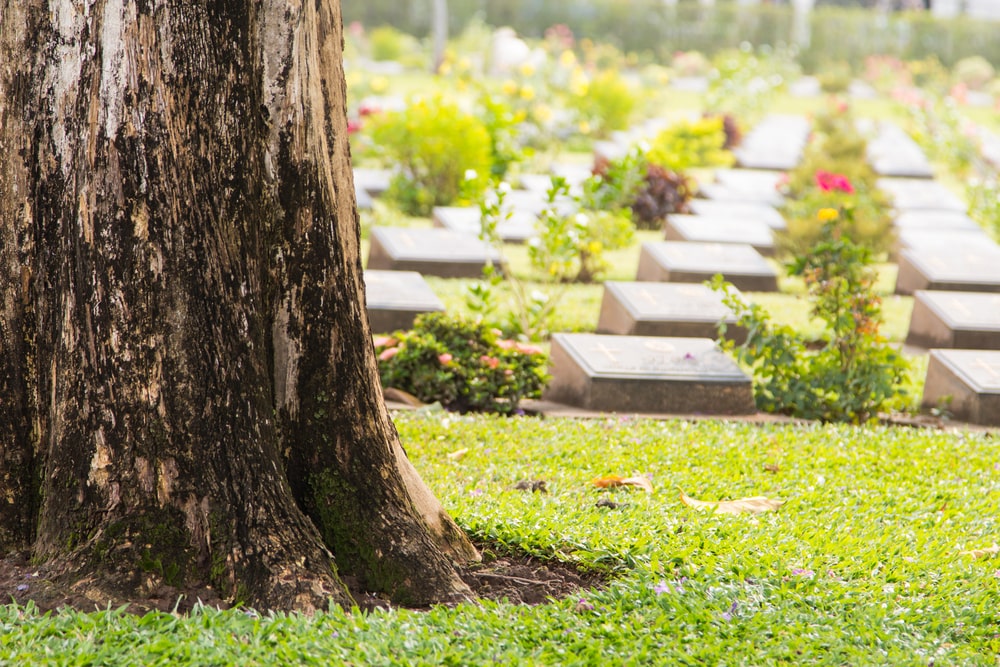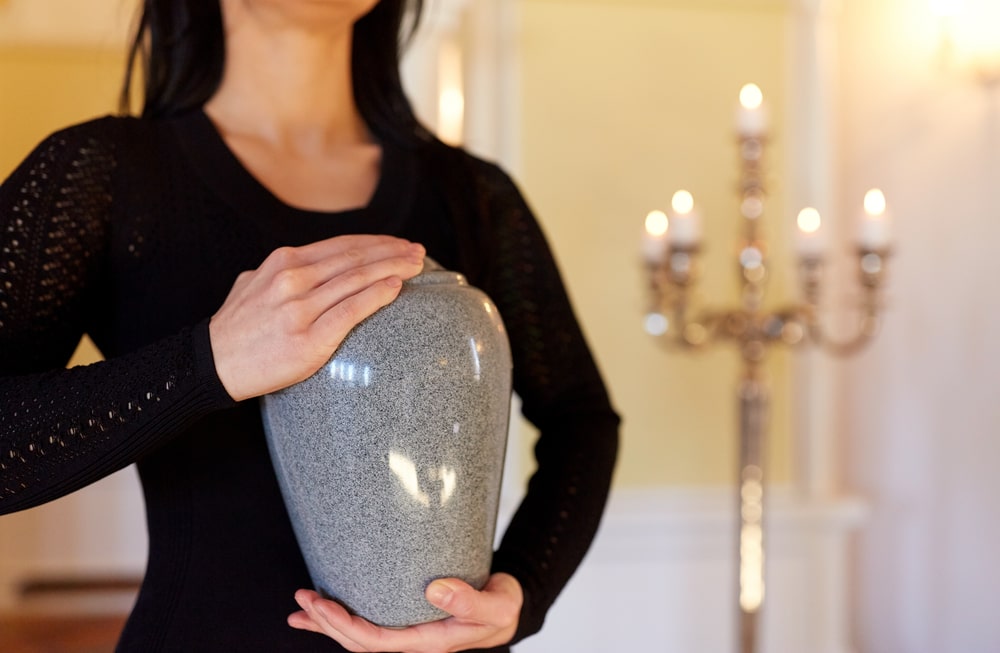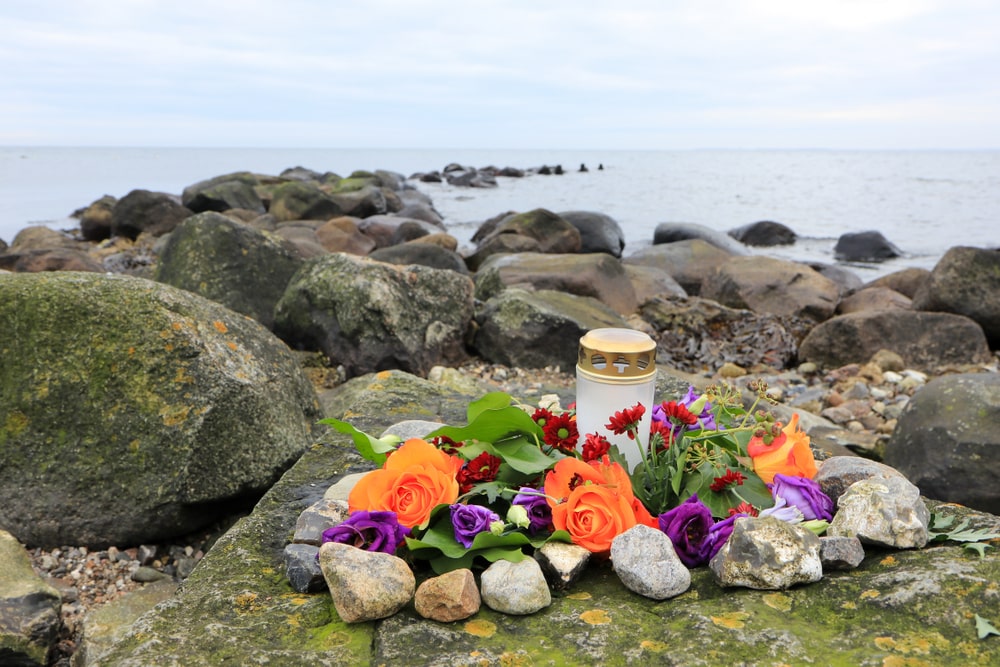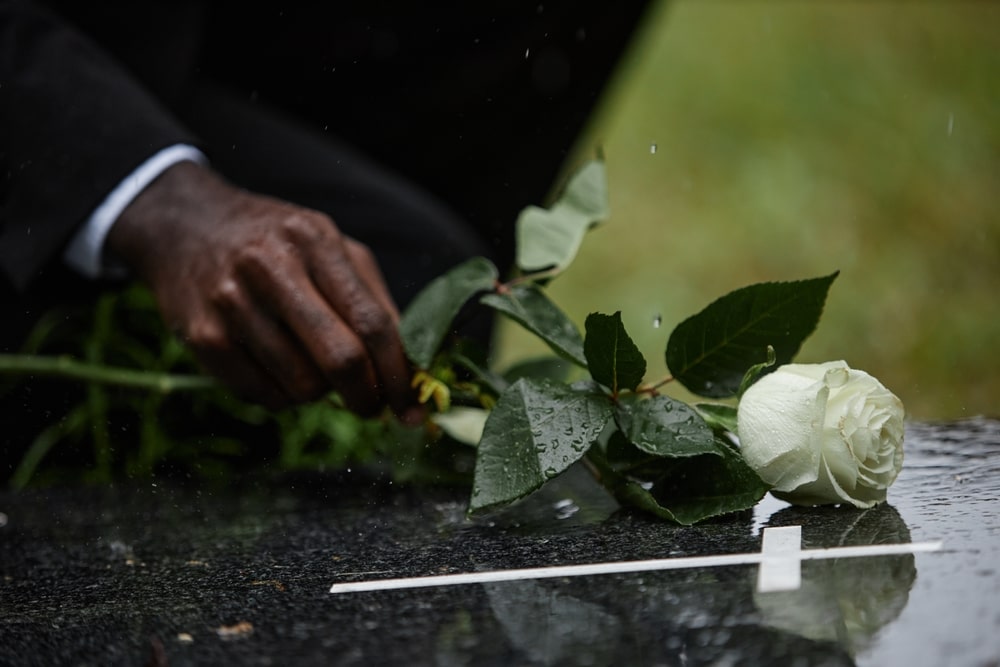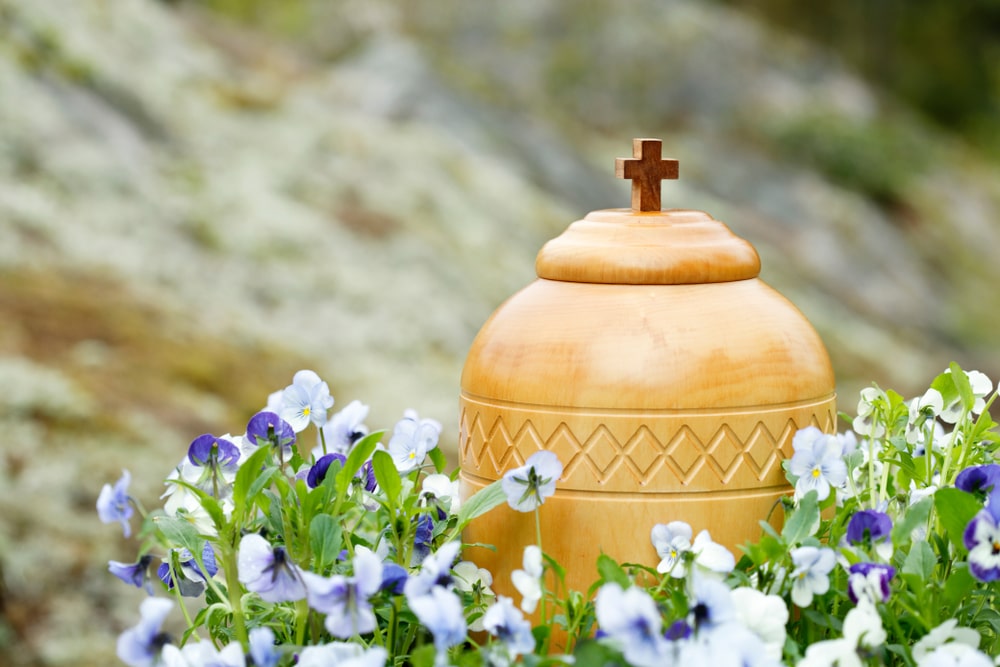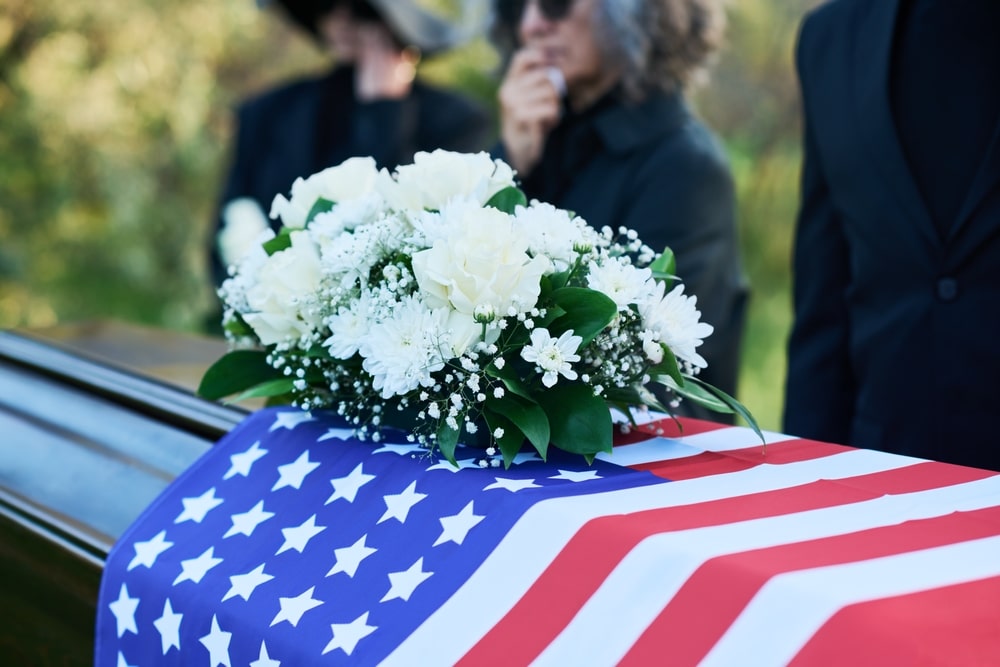These days, it’s not uncommon for the family to keep the cremated remains of a loved in an urn at home. While keeping a loved one nearby can be helpful during the grief process, it’s important to have a permanent plan for your loved one. It’s unrealistic to expect family members to continue to amass a larger and larger number of urns through the years, so in order to ensure that your loved one is cared for after you’re gone, it’s best to put together a permanent plan.
You have many options for permanent placement of cremated remains. And you don’t have to make up your mind at the time of loss. You can keep your loved one close for a few years, and then visit the idea of where you want to inter them as a final resting place.
Reviewing the Options
Urn Burial
The first option is burial. Some cemeteries have landscaped urn gardens while others offer burial plots similar to those used for traditional burial. If you choose a burial plot, the cremated bodies of multiple people can be buried together. As with traditional burial, urn burial requires an outer burial container.
Another form of urn burial is green burial. The main difference from traditional burial is that the urn must be biodegradable, and the cemetery must be specifically set aside for green burials. The number of green cemeteries in the United States is limited, so you may need to travel a distance to lay your loved one to rest. One thing to remember: an outer burial container is not needed for green burial.
Columbarium
An above-ground structure, the columbarium is filled with niches (wall spaces) where urns are placed and interred. Each niche typically includes a memorial plaque that acts as a grave marker, listing the name, dates of life, and an epitaph (if the family wishes). All columbaria are communal, though a family can purchase a family-size niche to allow multiple urns to be placed together.
Scattering
Scattering is the act of taking a loved one’s cremated remains to a special place (or places) and scattering them. The possible locations for scattering are numerous. You could elect to go to a scattering garden, which is a designated, beautiful space attached to a cemetery that is simple and environmentally friendly. With a scattering garden, the cemetery often provides a means of adding a permanent physical memorial like a plaque or grave marker.
Alternatively, you can go to the ocean, the mountains, or some other place that is special to you and your loved one. If you do decide to scatter your loved one somewhere other than a cemetery, make sure that you check the laws and regulations for that place.
Should you decide to scatter all of a loved one’s ashes, take time to prepare yourself emotionally. For some, it is an emotional shock to realize that everything remaining of a loved one is gone.
Planting a Memorial Tree
It is now possible to plant a loved one’s ashes so that a memorial tree will grow. The cremated remains don’t actually cause the tree to grow. Instead, you will place a special, biodegradable urn in the ground. In the top section, seeds and soil mix together. There is a separate section underneath for the cremated remains. First, the seeds grow in the soil, and once they reach a certain level of growth, the roots spread down to the cremated remains, and everything mingles together. This option is inexpensive, and afterward, you can visit the memorial tree anytime you wish.
Options at Sea
Underwater Mausoleum
Off the coast of Florida, you can have a special urn placed in an underwater mausoleum (similar to a columbarium). With different options available for memorialization, it’s an option for those who love the ocean.
Barrier Reef
Another option is to mix the cremated body with concrete to create an artificial coral reef. These artificial coral reefs assist in the repair and conservation of natural coral reefs by positively impacting the ocean’s habitat. As a memorial to your loved one, consider affixing a plaque to the artificial reef.

Burial at Sea
When we think of burial/scattering at sea, we often think of military personnel. However, scattering at sea is an option for civilians as well. While the Navy will work with a veteran’s family to arrange an official scattering at sea, services are available to civilians for an eco-friendly sea burial per US Coast Guard guidelines.
Launched into Space
It is now possible to send a person’s ashes into space. If your loved one adored space and all its mysteries or was always looking for the next big adventure, you might consider this option. Of course, there will be regulations and stipulations to follow, but this option is surprisingly affordable.
No matter which option is most appropriate, make a decision on providing a permanent home for cremated remains. Keeping the urn at home may be just what you need in the beginning. But, in three, five, or even ten years, consider the benefits of setting up something permanent. A permanent home will ensure that your loved one is cared for long after you are gone.


